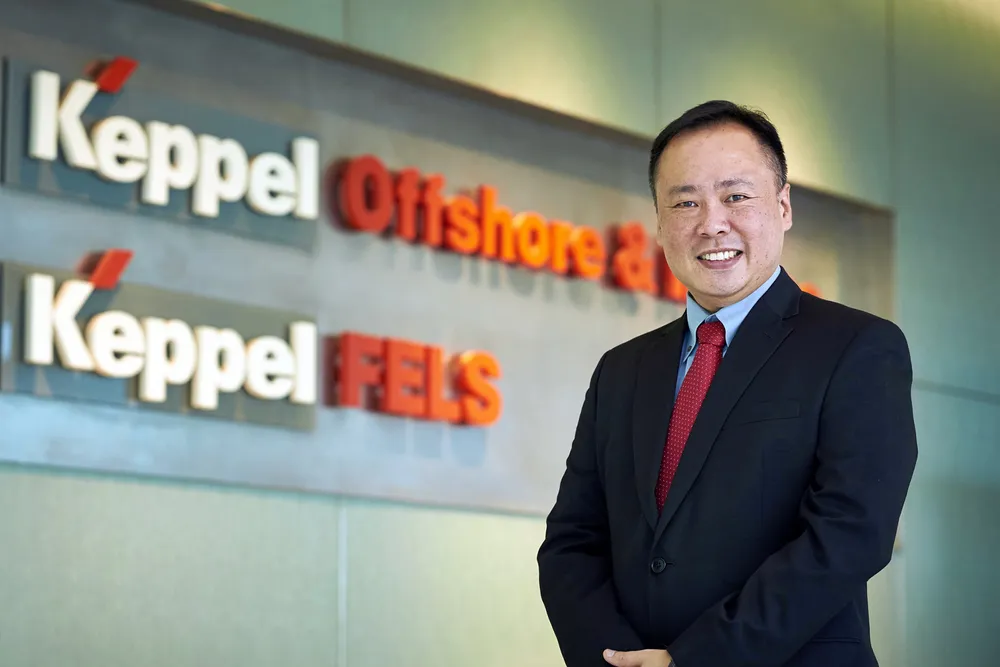Seatrium loses $30 million flotel damages claim against Hanjin
Singapore player thwarted in High Court despite judge finding sub-contractor's workmanship was defective

Singapore player thwarted in High Court despite judge finding sub-contractor's workmanship was defective
